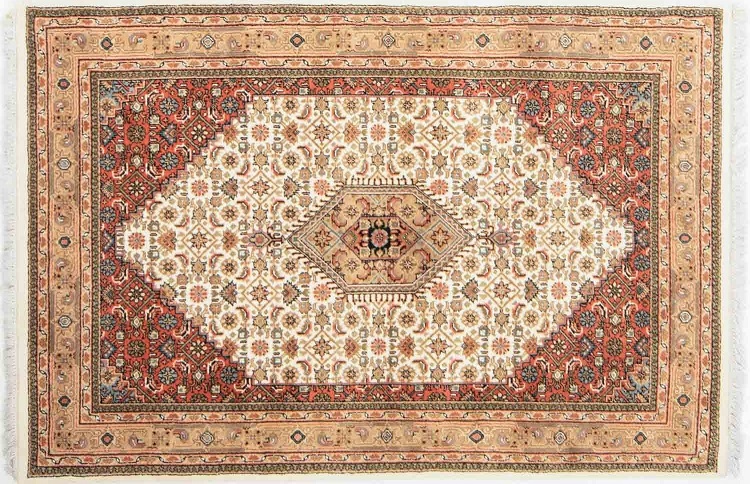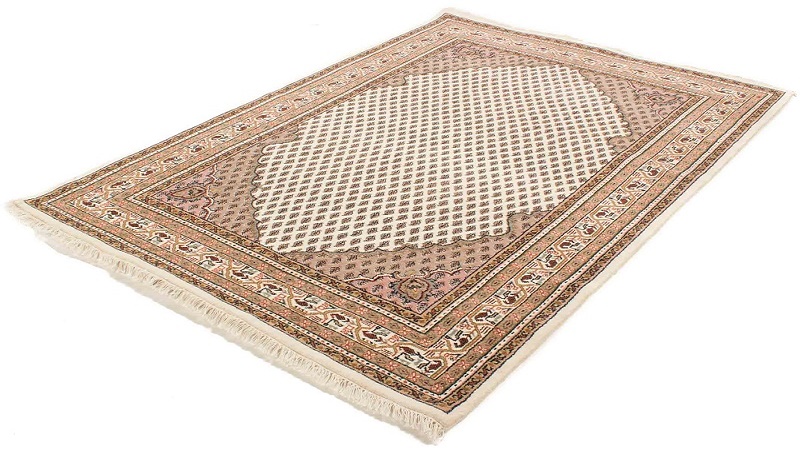The beauty of tribal design and the making of carpets draws people to prize a traditional Oosterse tapijt.
Carpets made at transit Homes.
A woman sits outside in the sun at a remote site, a basket of local plants near her. She has gathered them herself and now will use them to make a dye for the carpet she has designed. Both the plants and the design were decided by tribal traditions. She usually will have a tribal design and method of construction and the colors are ones traditionally used for these rugs.
She will make the dyes and will use a loom usually made by the family. She can pack up the loom, the start of a rug, and dyes when it is time to move. Some colors are not often found in these rugs, and dealers can tell where a rug was made by its design.
Different Methods of Making the Rug.
The makers of these rugs construct them by custom in several different ways. They will hand knot them with a tuft on the loom or construct them to be flat and reversible with no tuft. The flat carpets are known as kilims.
Another method is to pull the thread through a backing tied in place with each loop by a knot to keep it from unraveling. This creates a loop on the top of the carpet recognizable on the top. It may be left that way. The carpet is backed by another bit of fabric, this piece held by glue.
The oriental carpet may be left with the loop on top or, another method is to cut the loop so that the carpet has a tuft. The height can be adjusted.
Any Oosters tapijt can be recognized as hand made by looking at the reverse side. The threads will be tied independently and show individually on the back. A machine-made carpet shows no threads on the opposite side.
The Rug is Woven Outside or in a Building.
Women used to make the traditional rug outside on ramshackle looms. It took skill and time. A woman must know the traditional designs and how she can make her carpet and yet not step outside the customs. She must know her colors, what goes together, how to make those colors, and the colors to use. She must also know how to make those colors stable. Now women can make the oriental carpets in a building where a series of looms are set up permanently. Women sit inside safe from the weather. Women often sit on the floor to weave. She has the design to be made and the dyed yarn. A carpet of any size takes about a year to construct. Each oriental carpet is a story about the history of the region.
The Types of Carpets.
Carpets are woven in different sizes for different purposes. Prayer rugs, small rugs for knees on the floor but still have a design and a fringe. Strangely, a rug was made for use by camels when they had to stay inside a tent during bad weather conditions. They urinated on the rug.
There are all sizes of rectangular rugs and more recently round and oval rugs. There are long thin rugs called runners for halls or stairs.
Carpets are made of wool, cotton, jute, silk. This is so for Orientals or Persian carpet.
The Colors Used.
Red is one color in most oriental rugs. Red is an emotional color and is used to highlight important symbols in rugs. The red can be bright or muted, but most of the reds are made from Madder root. Red stands for fire and energy and is dramatic, drawing people in.
Green is used only cautiously because of religious beliefs. The emerald green was a favorite of Mohammed. It is a color that must be made from blue first and then redyed with yellow.
Other than red, blue is another color that is used a lot in Persian carpets. It stands for inner peace and tranquility. It is found in many substances one of them the woad plant. The colors yellow and gold are often used boldly and outstanding. Yellow means Happiness and gold, opulence.














